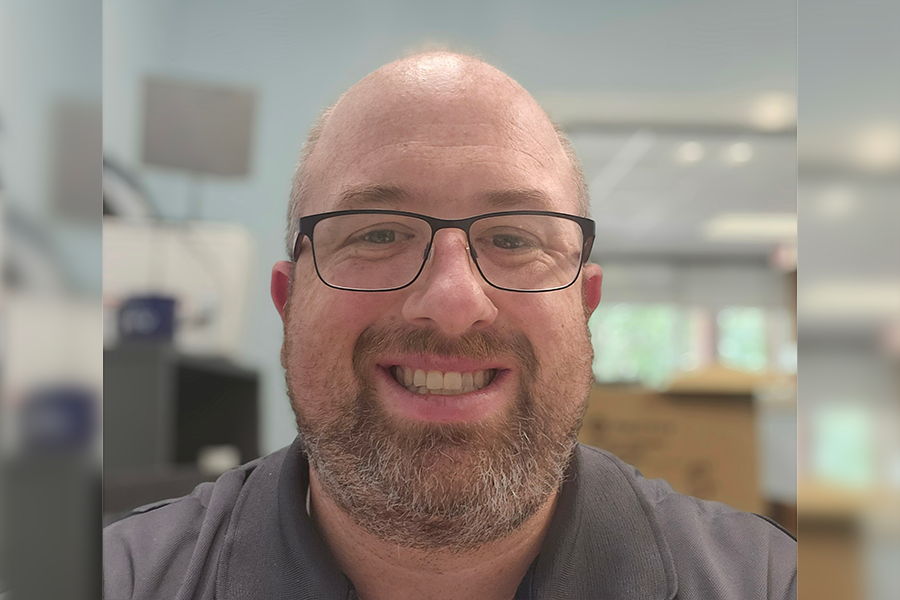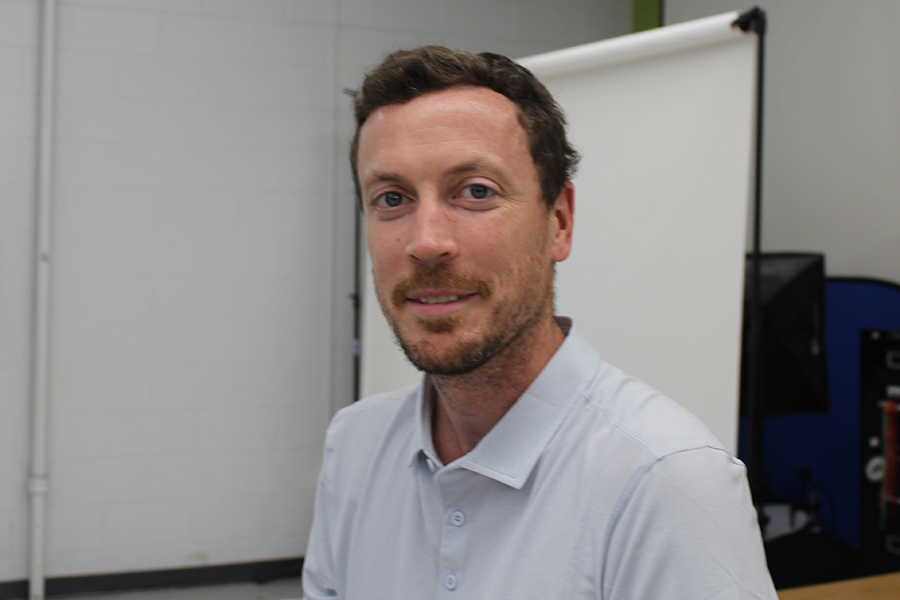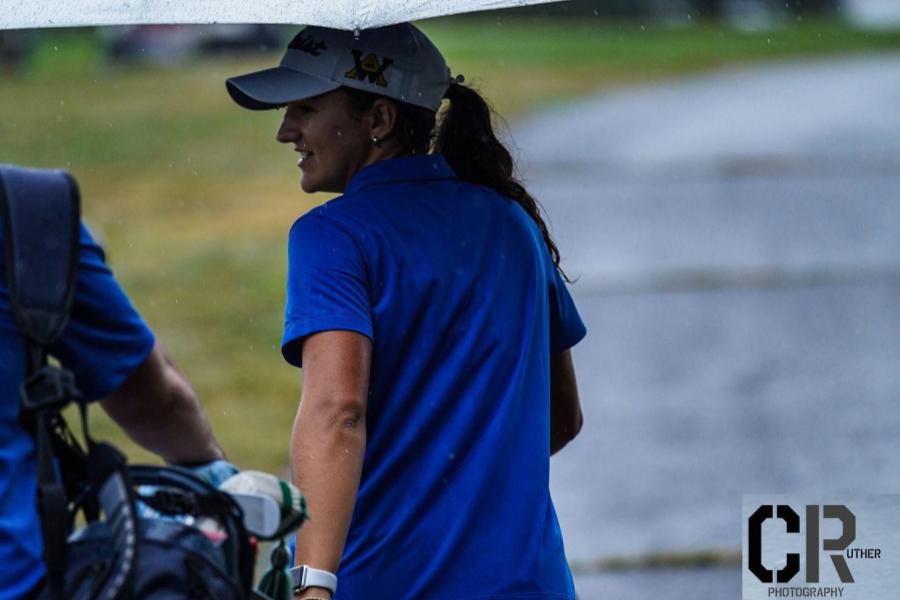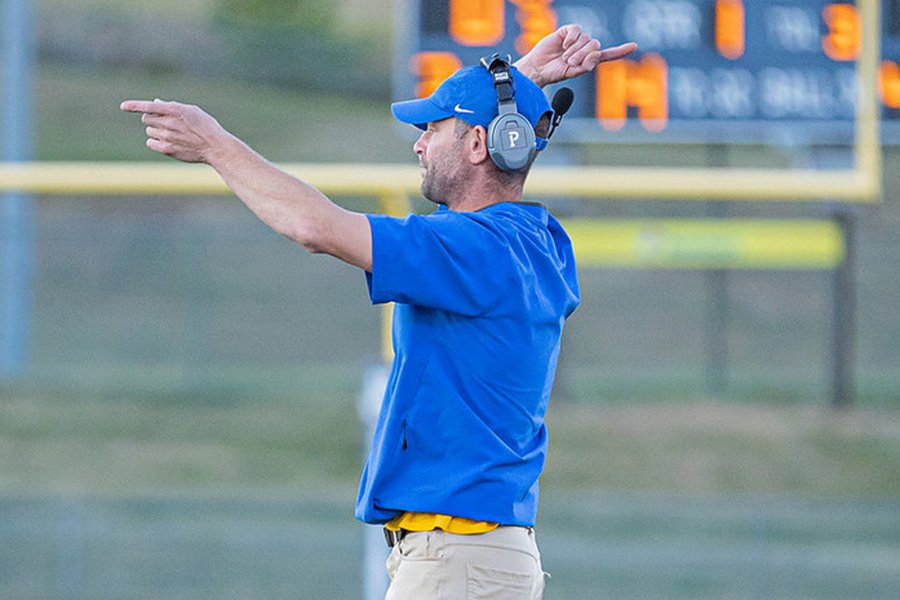WAHS Launches Environmental Studies Academy
Credit: Ruby Neisser
October 3, 2014
Albemarle County high schools have developed specialized academies such as MESA at Albemarle High School and the Health Sciences Academy at Monticello High School. However, Western did not have a science academy until this year. About one year ago a poll was conducted to decide on the type of academy to start at Western. It was decided that it would become the Environmental Studies Academy (ESA).
There have been many grants to jumpstart the academy. Some of these include funds from from the Verizon Foundation for a solar array, the Shannon Foundation for wave tanks, the Kids Foundation for a garden, and the Charlottesville area community fund for fish farming.
Adam Mulcahy is a science teacher and the head of the ESA program at WAHS. “I teach earth science, but it [the ESA curriculum] is much better [because it includes] oceanography and astronomy,” he said. Mulcahy was appointed to lead the program due his background and energy on the subject of science.
In addition to the earth science class, the students in the ESA program take geology and geography. John Hobson, the geography teacher in the ESA, said that one reason that the program is unique is that “ [the students] are more able to collaborate using technology than any other students I have ever had.”
“I like the fact that we are trying to collaborate as teachers,” Hobson added. The teachers try overlap the content so that the classes are connected. He also thinks that the ESA incorporates more more project-based learning and fieldwork into the curriculum.
When asked about her workload from her ESA freshman classes, Ava Davita said, “It is not too hard, but it is time consuming.”
Ben McIntire, another student enrolled in the program, agreed. “There is not a lot of work,” he said.
The first hour and a half of every school day (Mondays included) is allotted for the Environmental Studies Academy classes.
But are the students in this program isolated from the rest of the school? DaVita said “It is slightly isolated. There is a more concentrated group of people, but you have other classes with other people.”
“I like that it is not just a normal classroom [experience], but we go outside,” said Mcintire. DaVita enjoys the program due to the increase in independent study and the fact that she has met many new people.
Both Hobson and Mulcahy agreed that the program has been a success so far. Mulcahy said that he is proud of the amount of students that applied to the program. “These people are here,” he said, gesturing to the students in the Earth Science room. The ESA has made him very excited about teaching and he hopes to make the students excited about learning.








